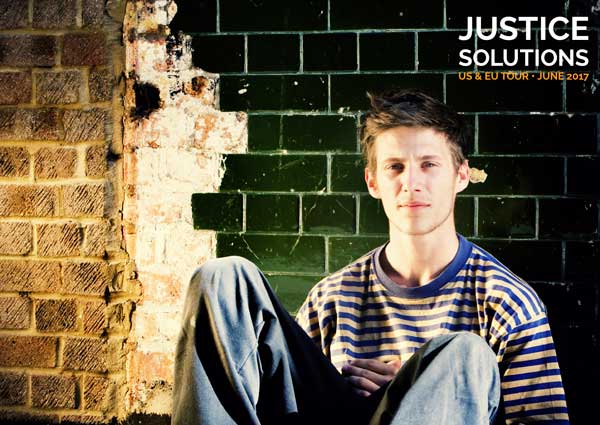As part of our ongoing blog series highlighting the learnings of our Justice Solutions tour, Jesuit Social Services’ Chairman PATRICIA FAULKNER writes about how Seattle has developed effective interventions to help families where adolescents use violence.
We went to Seattle to look at two interventions developed there to help families where adolescents use violence against their parents and siblings. The Step Up program works with parents and children in groups to help them stop the violence, by gaining insight or learning new ways of dealing with the feelings and behaviours that contribute to the use of violence by children. The 20 week program was developed by Lily Anderson and her colleague Greg Routt.
We were invited to observe a group session with children aged 11 to 18 years and their parents. Participation is most often mandated through a Probation order.
This is but one of a number of alternatives used in King County to help keep children who are arrested in their communities and at home.
The second initiative that drew us to Seattle was a new initiative developed in the same county. The FIRS intervention provides a placement option for children who have been arrested for violence in the home. The average stay for these children is around three to four days. These children are placed in an unlocked detention-like building. Charges have not yet been laid. The aim is to work with the child to agree a safety plan to keep the family free of violence. Once a safety plan has been successfully developed, the case does not proceed – a decision made by the Prosecutor, in collaboration with FIRS staff.
Both Step Up and FIRS continue to be refined and evaluated. They offer ideas for interventions in this space which is sadly poorly served in Victoria.
We discovered other things in Seattle. The Juvenile Court Centre has a variety of services co-located. This includes staff who assess the needs of and risks posed by these children, the probation officers, those who run the detention/ remand centre, the staff who deliver the therapeutic interventions to divert children from prosecution and incarceration, the prosecutors and the judicial officers.
They share a common goal of returning every child to his or her family as quickly as possible. The Chief Prosecutor, Jimmy Hung, is critical of the traditional adversarial Court processes, believing they do more harm than good. The collaboration between all these parties seems to produce a culture of determination to heal the children, their families and the community.
The county plans to build a new court house building with a new detention facility. There is a strong campaign seeking to stop the building. These community members would rather see the money spent on community strengthening that would allow children to be supported and healed within their families, avoiding the harm that is done through removing children and avoiding the disproportionate burden of harm borne by minority groups.
Seattle’s approach provides much to think about.
So:
- Can we imagine a Victoria where there is no new youth prison? A place where the community has successfully campaigned to stop it?
- Where campaigners have convinced the community that it is a waste of taxpayers’ money and that there is no evidence that it will make the community safer?
- Where campaigners have worked closely with Indigenous leaders and their communities to show that a new prison will increase the disparities in the rates of incarceration of their kids?
- And can we imagine that we are all striving to heal these young people by wrapping services, support and hope around them, their families and their communities?
We can!



